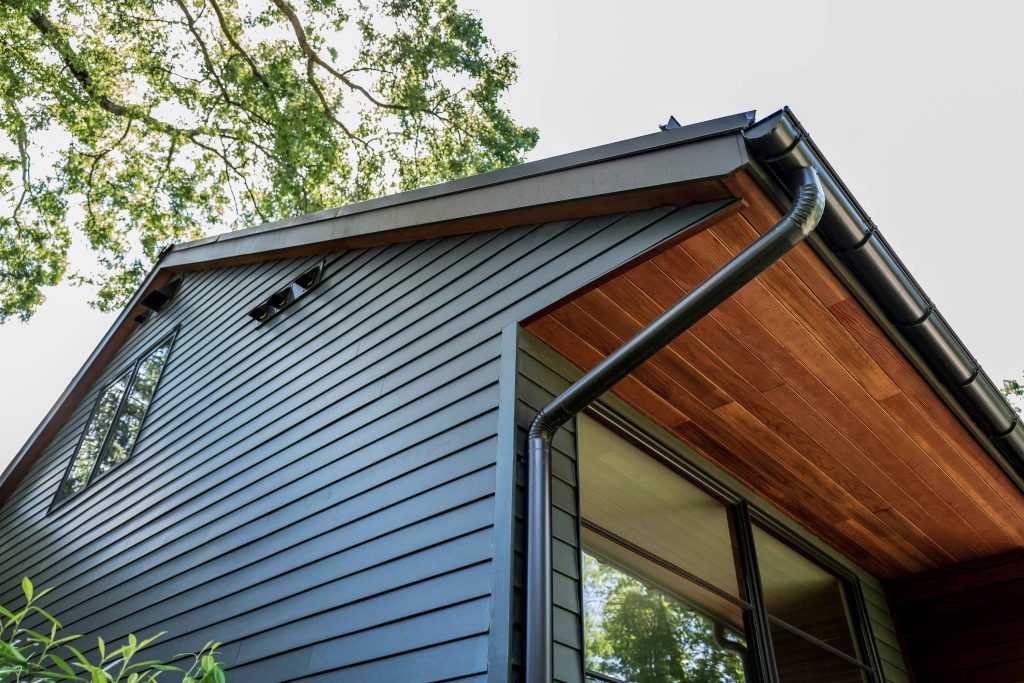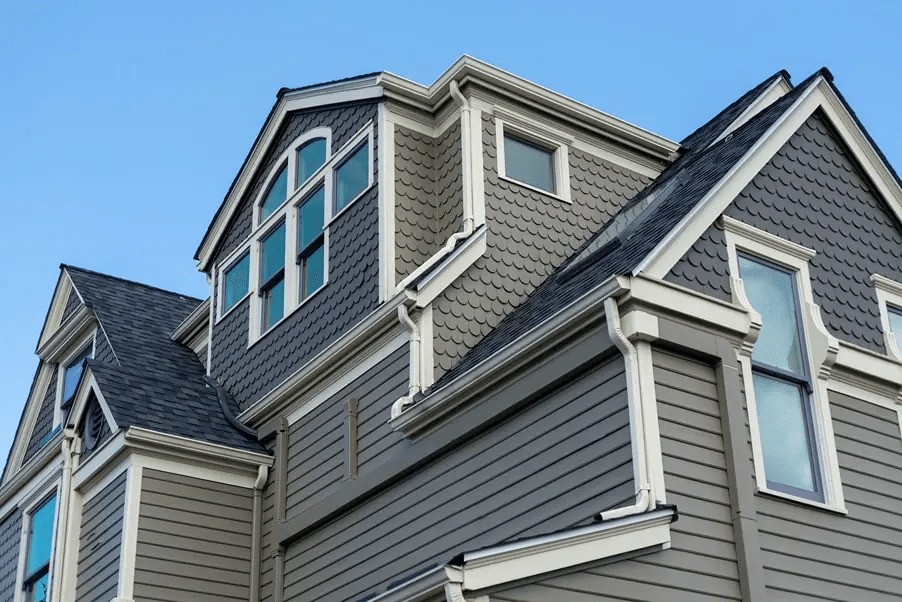Want to boost your home’s curb appeal fast? Start with the siding. A good cleaning can wash away years of grime, mold, and weather wear.
From vinyl to wood, this guide breaks down the best ways to clean your siding, protect it from damage, and keep your exterior looking sharp season after season.
It’s easier than you think—and totally worth it.
How to clean siding?
Clean siding with a power washer, or use a mild detergent and scrub brush for stubborn spots. Focus on areas prone to dirt or mildew, and rinse thoroughly for a spotless finish.
Key Takeaways
- Regular cleaning of your home’s siding is important for both aesthetic appeal and the longevity of the material.
- Different types of siding require different cleaning techniques, from pressure washing to hand washing.
- Proper cleaning techniques ensure you won’t damage the material while keeping your home safe from mold and mildew.
Why Clean Your Siding?
Siding is exposed to the elements every day, and over time, dirt, algae, mildew, and other debris can accumulate.
Cleaning your siding not only improves the look of your home but also prevents potential damage that could cost you in repairs.
Here are a few reasons why regular cleaning is important:
Preserve the appearance of your home
Cleaning your siding restores its original colour and shine, boosting curb appeal.
Prevent damage
Dirt, algae, and mold can damage the siding over time, potentially leading to rot or other structural issues.
Maintain health
Mold and mildew can grow on dirty siding, and these contaminants can affect the air quality inside your home.
Different Types of Siding and Their Cleaning Needs

Not all siding materials are the same, so it’s important to know the best cleaning methods for each. Below, we’ll walk through how to clean common types of siding used in residential homes.
Vinyl Siding
Vinyl siding is one of the most common types of exterior siding used in homes across the United States. It’s durable and relatively low-maintenance, but it can still get dirty over time.
Cleaning Method
You can clean vinyl siding with a mixture of water and a mild detergent. For more stubborn stains or mold, mix one cup of bleach with one gallon of water.
Use a soft-bristle brush or a cloth to scrub away dirt and grime. Pressure washing is also an option but be sure to use it on a low setting to avoid damaging the siding.
Frequency: Clean vinyl siding once a year to maintain its appearance.
Wooden Siding
Wooden siding has a natural charm, but it requires more maintenance than vinyl. Over time, wood can collect dirt, mildew, and debris that can cause it to rot if left unchecked.
Cleaning Method
To clean wood siding, use a mixture of water, mild soap, and a little vinegar or bleach to kill any mould or mildew.
Scrub the wood gently using a soft-bristle brush. You can also use a power washer on a low setting, but be cautious as high pressure can damage the wood.
Frequency
Wood siding should be cleaned at least once a year, but more frequent cleaning may be necessary in areas with heavy rainfall or high humidity.
Aluminium Siding
Aluminium siding is low-maintenance and resistant to pests, but like other types of siding, it can collect dirt and grime over time.
Cleaning Method
Use a mixture of warm water and a mild detergent to wash the aluminium siding.
A sponge or soft cloth works well for cleaning the surface, but a pressure washer can also be used on a lower setting to remove stubborn dirt or stains.
Avoid abrasive cleaners, as they can scratch the aluminium.
Frequency: Clean aluminium siding once a year to prevent dirt buildup.
Brick Siding
Brick is a durable and attractive option, but it can collect dirt, moss, and stains. Because brick is porous, it requires more care to clean effectively without causing damage.
Cleaning Method
For brick siding, it’s best to use a brick cleaner or a mixture of water and mild detergent.
You can also use a mixture of one part vinegar and one part water for stubborn stains. Scrub the surface with a stiff-bristled brush and rinse with water.
For larger areas, a pressure washer on a low setting is an effective way to clean brick without causing harm.
Frequency: Clean brick siding every year or as needed.
Stucco Siding
Stucco is often used for homes in warmer climates, and while it’s durable, it can also collect dust and dirt over time.
Cleaning Method
Stucco should be cleaned using a mixture of warm water and mild detergent. Avoid using harsh chemicals, as these can damage the surface.
If there are any stains or mildew spots, a mixture of water and bleach can be used carefully. Scrub with a brush or sponge and rinse with water.
Pressure washing can be done at a low setting if needed.
Frequency: Clean stucco siding once or twice a year, or more often in areas with heavy dust or rain.
Frequently Asked Questions (FAQs)
1. Can I use bleach to clean my siding?
Yes, you can use a diluted bleach solution to clean certain types of siding, such as vinyl and stucco. Be sure to rinse thoroughly after cleaning to avoid damage.
2. How often should I clean my siding?
It’s generally recommended to clean your siding once a year, but you may need to clean it more often if you live in a humid climate or if your home is exposed to heavy rainfall or dust.
3. Can I use a pressure washer to clean all types of siding?
Pressure washers can be used on most types of siding, but it’s important to use the correct pressure setting to avoid damaging the surface. Always test a small area first.
Conclusion
Regularly cleaning your siding is an important task that helps maintain your home’s appearance and protects it from long-term damage.
Whether you have vinyl, wood, brick, or stucco siding, knowing the right cleaning methods and using the proper materials ensures that your exterior stays clean and well-maintained.
By taking the time to clean your siding, you’re not only improving the look of your home but also helping to prevent damage and costly repairs down the road.
Keep your siding clean, protect your investment, and enjoy a beautiful home exterior for years to come.








